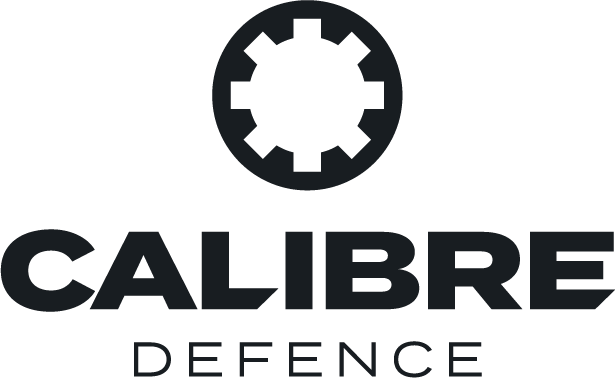Anduril unveils Copperhead torpedo family
Continuing its product development at pace, Anduril has unveiled details of its Copperhead-M family of “torpedo-like” capabilities in a 7th April article published on the company’s website.
The Copperhead is described as a “software-defined family of Autonomous Underwater Vehicles (AUV) built for delivery by autonomous systems,” with commercial variants built for search and rescue, and infrastructure inspection, as well as the armed variant – Copperhead-M.
The family has two sizes, Copperhead-100 and -500, with different payloads, ranges, and sizes. The Copperhead-M is described as a munition variant that arms autonomous vehicles to provide “torpedo-like capabilities.” A Dive-XL extra large autonomous underwater vehicle (XLAUV) from Anduril could carry “dozens of Copperhead-100Ms, or multiple Copperhead-500Ms,” the press release states. It adds that this would enable undersea vessels to deliver enough firepower to disable or destroy maritime threats.
Unarmed variants of the Copperhead can reach speeds of 30 knots (55 km/h) and can be fitted with a variety of sensors including, magnetometers, side-scan sonar, or chemical detection. A magnetometer works by detecting changes in magnetic fields around the sensor, this could be caused by many things and put to many different uses. For instance, they are used to detect the Earth’s magnetic field to provide a reference heading for navigation. However, they can also be used for magnetic anomaly detection, which is a method for locating and tracking submarines and other submersible vessels.
Side-scan sonar uses high frequency sound pulses that are sent out from the vessel, they bounce off-of the sea bed or stricken vehicles in the case of a search and rescue mission, allowing an image of the seabed to be built. This type of technology is relevant to both critical infrastructure surveys and finding and engaging hostile vessels.
For the US, in particular, both are becoming increasingly relevant as it faces the immense task of supporting Taiwan in maintaining its territorial integrity and defending its coastline. There have been 11 instances of undersea cables being cut off the coast of Taiwan since 2023, according to Al Jazeera. With Russian vessels seemingly as active off the north coast of Europe. Having autonomous vessels that can effectively patrol and potentially protect that infrastructure is therefore key.
The need for scalable autonomous systems in the US has generated a clear demand signal that the country’s industry is busily responding to. Having secured $600 million in series C funding in February, Saronic announced its intention to build Port Alpha which it describes as a “next generation facility” designed to build autonomous surface vessels at scale and pace for the US. Anduril is diligently developing a suite of sub-surface capabilities like its Dive-XL and the Seabed Sentry, a networked set of subsea sensors, and is working to expand its production of systems like the Dive-XL. In the UK, meanwhile, BAE Systems has developed the Herne XLAUV to help protect underwater infrastructure, support anti-submarine warfare (ASW) and provide another means to undertake covert surveillance missions.
Calibre comment
It is clear that maritime autonomy is a growing and important area for defence companies and MoDs. There are lots of challenges yet to be overcome, like how the systems are integrated into the wider order of battle and controlled. As well as the networking and sensor fusion of all the inputs detected from uncrewed and autonomous vessels and sensors, but these are challenges that are eminently solvable.
Separately, the offering of torpedo-like capabilities is interesting. Torpedoes are slow and expensive to produce, one maritime expert told Calibre Defence. A lot of western navies rely on relatively limited quantities of lightweight torpedoes like the Mk 54, which can damage and suppress enemy activity, but lacks the lethality of larger designs. The cost of torpedoes can also be prohibitive and prevent a force from procuring large stocks; India’s request to buy 53 Mk 54s in 2024 was valued at an estimated $175 million. So it appears that Copperhead-M aims to address both elements of this with smaller torpedoes that can be built cost-effectively and used in large quantities and the 500M designed for larger payloads.

Sign Up for Updates!
Get insider news, tips, and updates. No spam, just the good stuff!





